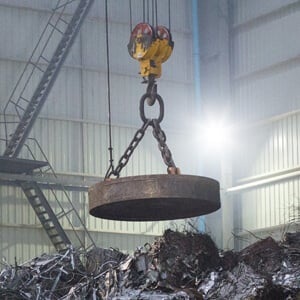Large Magnets
Listen to this Article
Large Magnets
In addition to superconducting magnets, permanent magnets are another type of large magnet. They can generate magnetic fields without the need for an external power source, and they are commonly used in electric motors, generators, and speakers. They are also used in magnetic resonance imaging (MRI) machines but in a different way than superconducting magnets. The strength of a permanent magnet depends on the properties of the materials used to make it, such as the magnetic properties of the material and its shape. For example, neodymium magnets are some of the strongest permanent magnets available and can generate magnetic fields of over 1.4 T.
Large magnets also have practical applications in transportation. Magnetic levitation (maglev) trains use superconducting magnets to levitate above the tracks and eliminate the need for wheels, resulting in faster and smoother rides. These trains have been successfully implemented in Japan and China and are being researched and developed in other countries as well.
Overall, large magnets have a wide range of applications in science and technology. The strength and versatility of these magnets continue to advance research and improve our daily lives. From particle accelerators to MRI machines to maglev trains, the applications of large magnets are diverse and significant.

